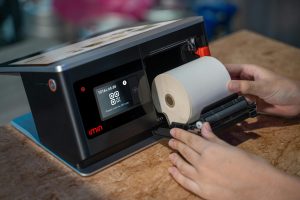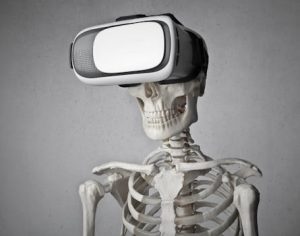Mindfulness Metrics: Tracking Student Resilience With Wearables
Mindfulness has become a popular practice in recent years, with its focus on being present and improving emotional well-being. Beyond its benefits for adults, there is growing interest in implementing mindfulness in schools to help students develop resilience and cope with stress and other challenges. Mindfulness programs have shown promising results, but what if we could track these improvements with concrete data? This is where the concept of mindfulness metrics and wearable technology comes in. In this article, we will explore how tracking student resilience through wearables can enhance mindfulness practices in the education setting.
The Importance of Resilience in Education
Resilience is defined as the ability to bounce back from setbacks and adapt to changes. In today’s fast-paced and highly competitive world, it is a crucial skill for young people to develop. Resilient students are better equipped to handle academic and personal challenges, have higher levels of motivation and self-esteem, and are more likely to succeed academically and in life. As educators, it is our responsibility to help students cultivate resilience and equip them with the necessary tools to thrive in the face of adversity.
Mindfulness in Schools: The Benefits
Mindfulness has gained recognition in the education setting for its potential to improve emotional regulation, focus, and overall well-being. Several studies have shown that implementing mindfulness practices in schools can lead to decreased stress levels, improved behavior, and better academic performance. By encouraging students to be present and non-judgmental of their thoughts and emotions, mindfulness practices can also promote resilience by helping students develop a better understanding of their emotions and how to manage them.
The Need for Concrete Data
While there is evidence to support the benefits of mindfulness in schools, it can be challenging to measure its effectiveness beyond self-reported data. As educators, we may observe changes in students’ behavior and well-being, but it can be challenging to quantify these improvements objectively. This is where mindfulness metrics and wearables come into play. By tracking physical and physiological data, we can gain a more comprehensive understanding of how mindfulness practices are impacting students’ resilience.
How Wearables Can Enhance Mindfulness Practices
Wearable technology, such as fitness trackers and smartwatches, has been gaining popularity in recent years for its ability to track various aspects of our health and well-being. When it comes to mindfulness practices, wearables can provide real-time data on metrics such as heart rate, sleep quality, and physical activity levels. By tracking these metrics, we can gain insights into how mindfulness practices are impacting students’ physiological responses and overall well-being.
Creating a Mindful Learning Environment
Beyond tracking individual metrics, wearables can also be used to create a more mindful learning environment. For example, a classroom can be equipped with wearable devices that track students’ heart rate variability, which is an essential indicator of stress levels. If a student’s HRV is high, it could indicate higher levels of stress or agitation, and the teacher can intervene with a mindfulness activity or a short break to help the student regulate their emotions and be more mindful.
Challenges and Considerations
While the use of wearables for tracking mindfulness metrics shows potential, there are also challenges and considerations that educators should be mindful of. Data privacy is a significant concern, and it is crucial to ensure that proper consent and protocols are in place when using wearables with students. There is also the risk of students becoming too reliant on technology and losing the essence of mindfulness practices, which is being present in the moment.
The Future of Mindfulness Metrics
Despite its challenges, the use of mindfulness metrics and wearables in education is an exciting area of research and development. As technology continues to evolve, we can expect to see more innovative ways of tracking and analyzing mindfulness practices in schools. By combining the benefits of mindfulness with concrete data, we can create a more comprehensive and evidence-based approach to cultivating resilience in students.
Conclusion
In today’s fast-paced and often stressful world, it is essential to equip students with the skills to handle challenges and thrive. Mindfulness practices have shown promising results in promoting resilience in students, and the use of wearables and mindfulness metrics can enhance our understanding and measurement of these benefits. As educators, it is our responsibility to continue exploring and implementing innovative ways to support our students’ emotional well-being and cultivate resilience through mindfulness practices.








